From the first days of my orientation during the Fall Semester of 2024 on, I watched UMSL make a case for public transportation. It’s a noble cause. In offering discounted fares and passes, the Student Financial Offices were counteracting the general sense of ennui that comes with being a first-year college student. There is a claustrophobia that comes with living and working here, more so for those of us without licenses. On paper, the use of public transportation feels like a simple solution. It’s cheap, green and sustainable, and seems like a net good.
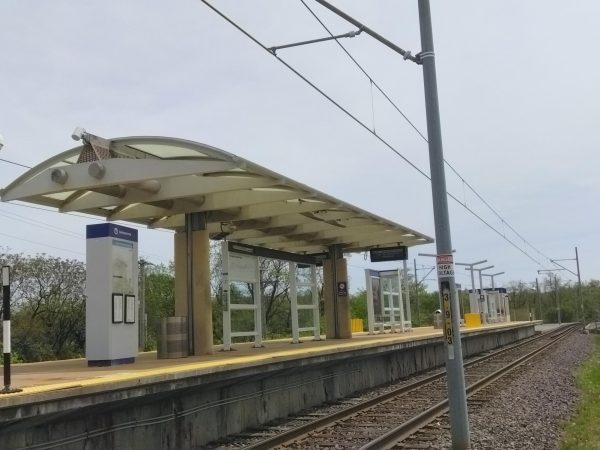
But it’s more fraught than that. There are negative connotations and common misconceptions that the student body still holds, as well as a general lack of knowledge of the ways the system works. For those of us from more rural parts of the state, where there was no public transit of any kind, there are things we need to learn if we’re going to have a good, safe Metro Bus experience. These are lessons programs like the Metro U-Pass fail to teach us, time and time again. Freshmen are sold a pass to our public transportation system, with all its rough edges sanded off, and then, are unprepared.
Charleen Dare, for example, is a college freshman and education major, who had no public transportation system where she was from. All she had to go off of was other people’s word.
“We were all told that the buses were unsafe, and I believed it,” said Dare.
When she moved onto campus, she had her first hands on experience with public transit, having been encouraged to buy a seasonal bus pass at a discounted student rate.
“Once,” Dare said, “We used it once. To go the aquarium.”
The Metro Blue Line going Eastbound to Union Station takes half an hour or so, straight ahead. At first, it seemed to be simple and safe enough for Dare. But when asked if she had a full understanding of the routes she said,
“No, none at all.”
This lack of a mental map of St. Louis, and of the bus routes themselves is something that UMSL’s Guided Metro Tours are looking to address.
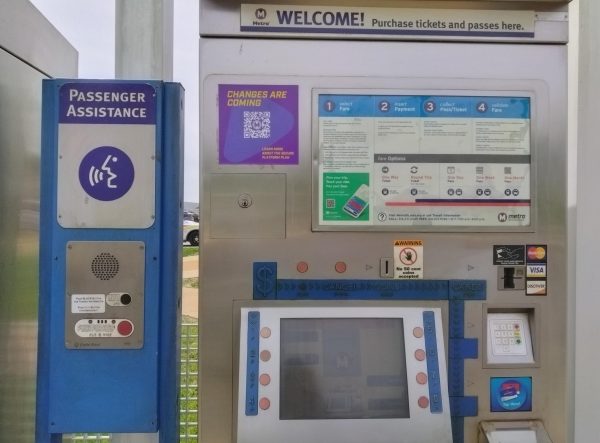
At the beginning of her first semester, Nyla Imon was a part of the St. Louis Excursion to a Cardinals Game, and rode the Metro for the first time.
Public transportation had less negative connotations for Imon beforehand, describing her stance as being neutral, ” leaning to positive before I used it myself.”
A major part of this perception was the ways the staff and admin pushed the pass program. Imon had come to St. Louis with no car and so the city bus was sold to her as a viable option, one that could become her main mode of transportation.
She rode the metro for the first time, with the guidance of other, more experienced students.
It’s a good idea on paper, one that addresses the gaps in the knowledge of some students. But in practice, her experience was a negative one.
Coming back from the game, the tour guides led the group onto the blue line instead of the red line, adding half an hour onto their trip.
In Imon’s words, “I was disappointed in the people that I trusted to help me make it back to South Campus.”
In my experience, the Metro is uninhabited most days. But on special occasions, like said baseball game, you’ll be packed in there like sardines. This train, for one, was cramped, and all the external stimuli was too much for Imon to take in.
The guided Metro tour was enough to keep her off of public transportation for a while.
But Imon still wants to make use of it, and face her fears. She can still see the city bus system’s potential to do real good for us as a college campus.
I’m inclined to agree with her. As someone who relies on the bus system so often, I have mixed feelings on it. It has done so much good for me. Coming from a much more rural area, I looked at public transportation with wide open eyes. I was unlicensed back home, so for the first time, I could go places. I could see local bands and arthouse movies on the big screen by myself.
It was more than making it to the final destination. Learning to ride the bus gave me a greater awareness of my surroundings. It made me feel more in tune with the city, including the ‘bad parts’.
There’s a kind of fear mongering around the supposed ‘bad parts’ of St. Louis. It keeps people off of public transportation too. Some of these fears are based in truth, while others are based in misinformation.
There is much promise to the Metro Pass Program and their guided tours. But there is a learning curve to riding public transportation that needs to be addressed and having someone for first-time riders to help them navigate this experience, is valuable.
Having first time riders learn the metro’s map and teaching a kind of awareness of one’s surroundings would make all the difference in increasing the use of public transportation here in St. Louis.

Imon says in reference to her experience on the guided Metro tour,
“You need people with real experience on the Metro leading these rides, or else it’s like the blind leading the blind.”
The Metro’s reputation precedes it. But if the staff and admin who are selling these passes to us could provide more insight to the experience, the student body would feel safer riding public transportation. Without any needless fear mongering, these guided tours have the potential to equip students with the tools needed to feel confident and safe in their travels.

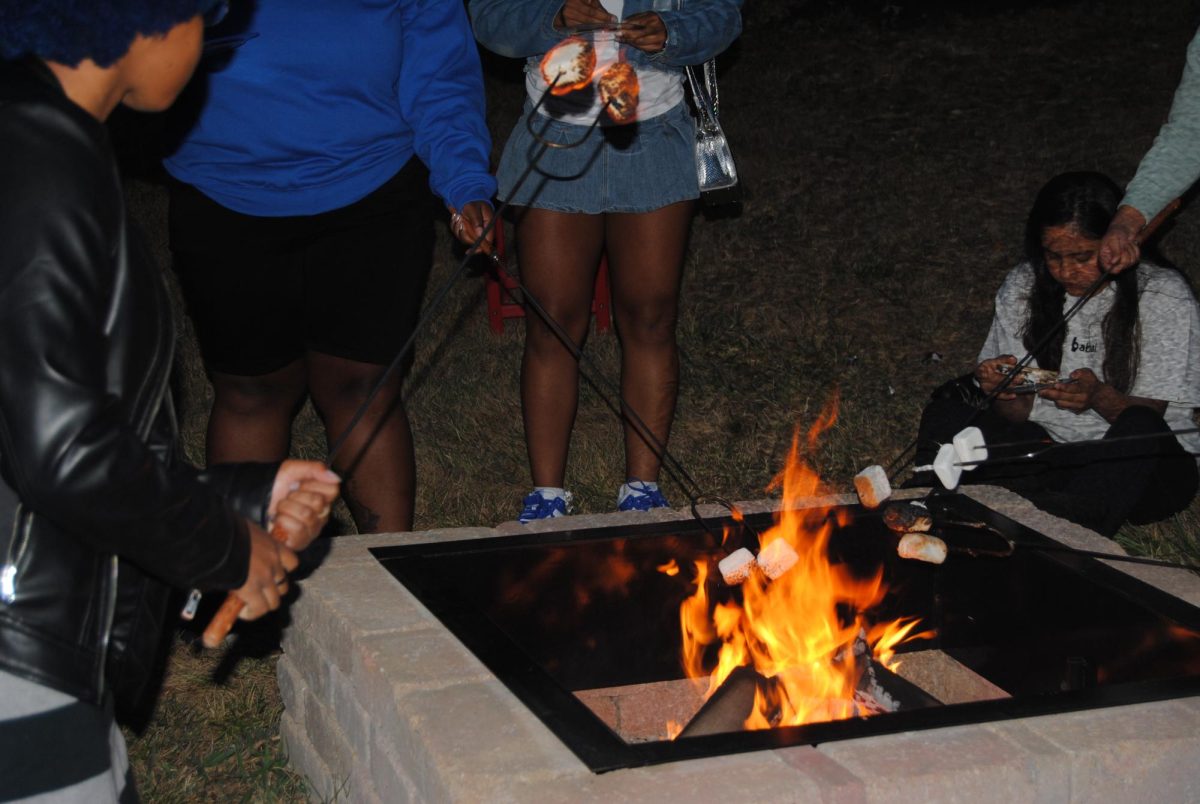
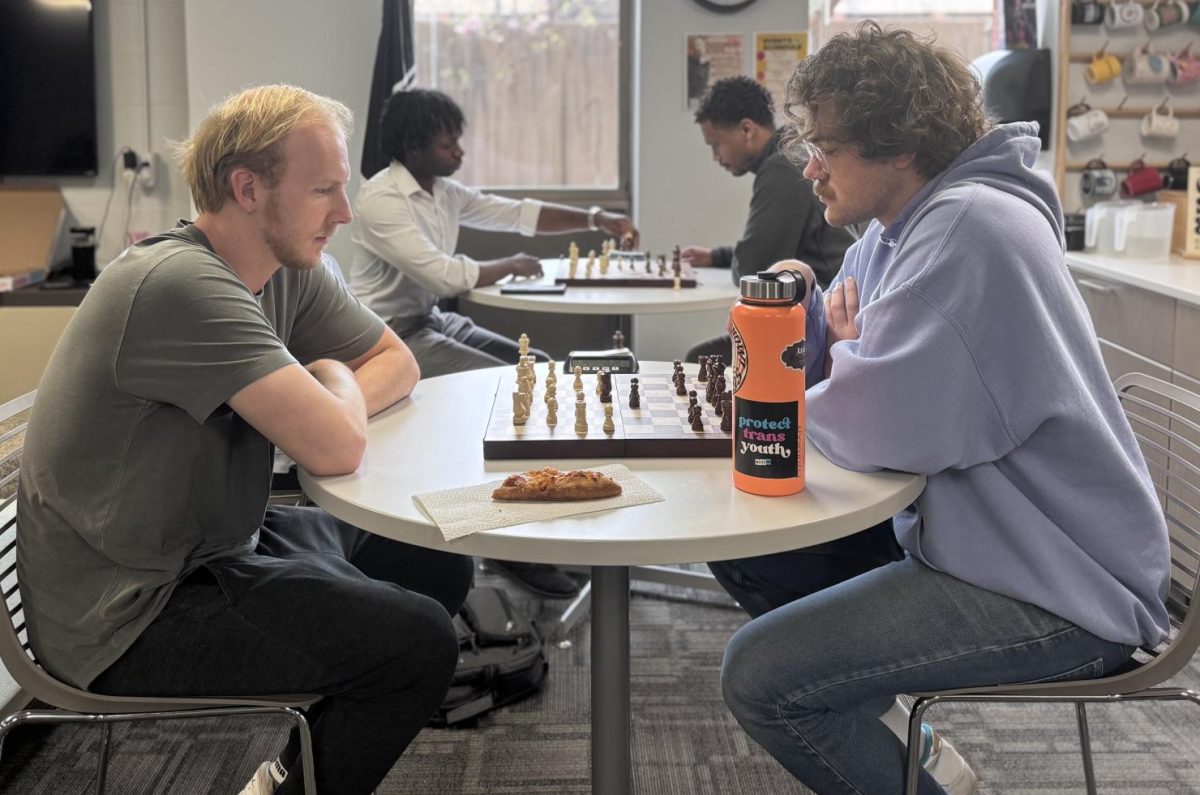

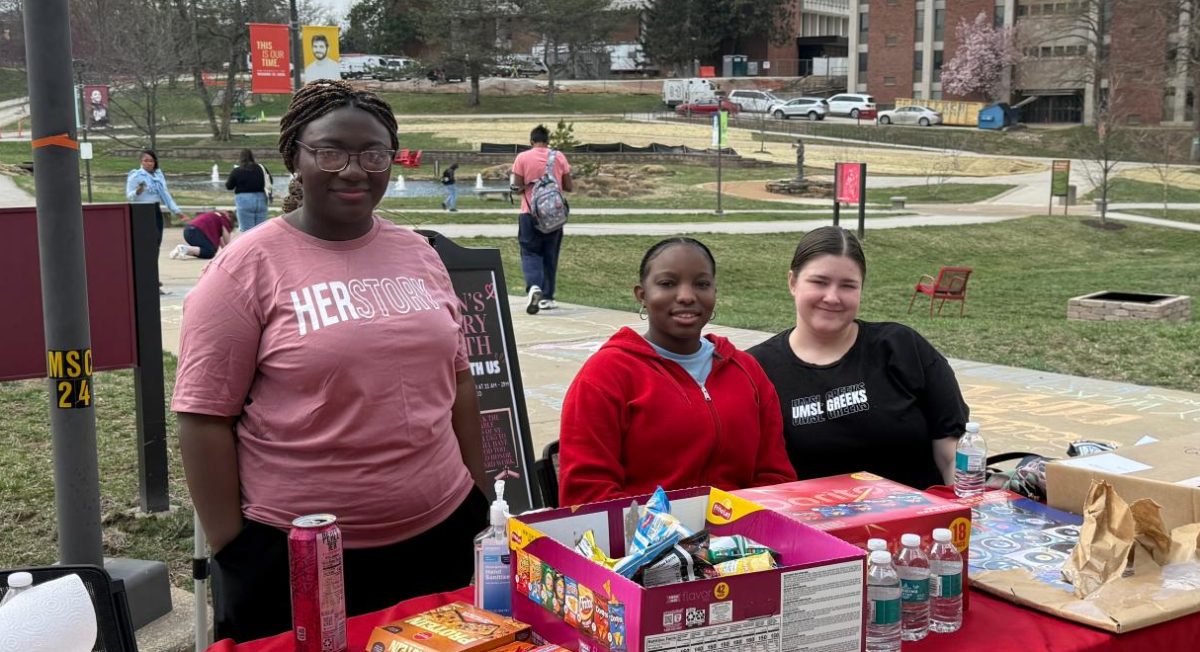
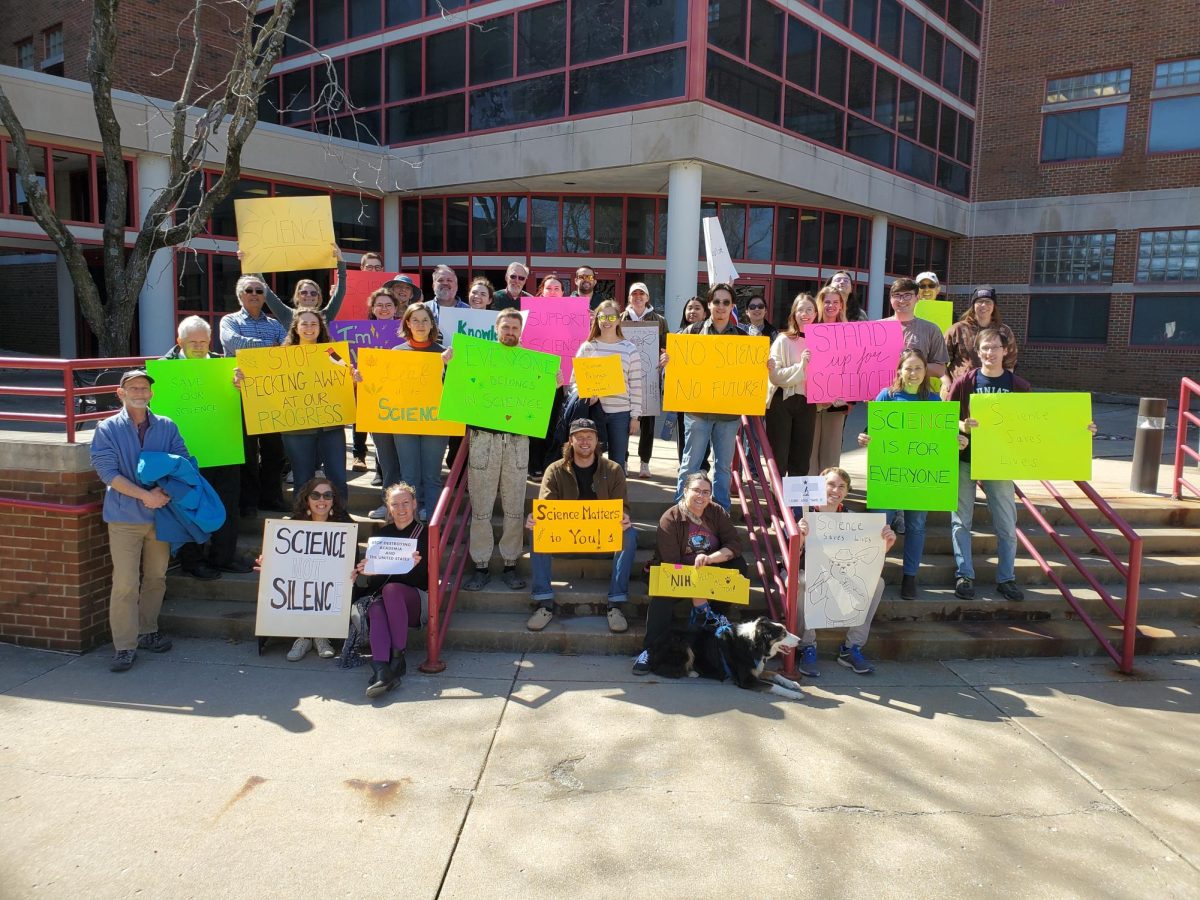
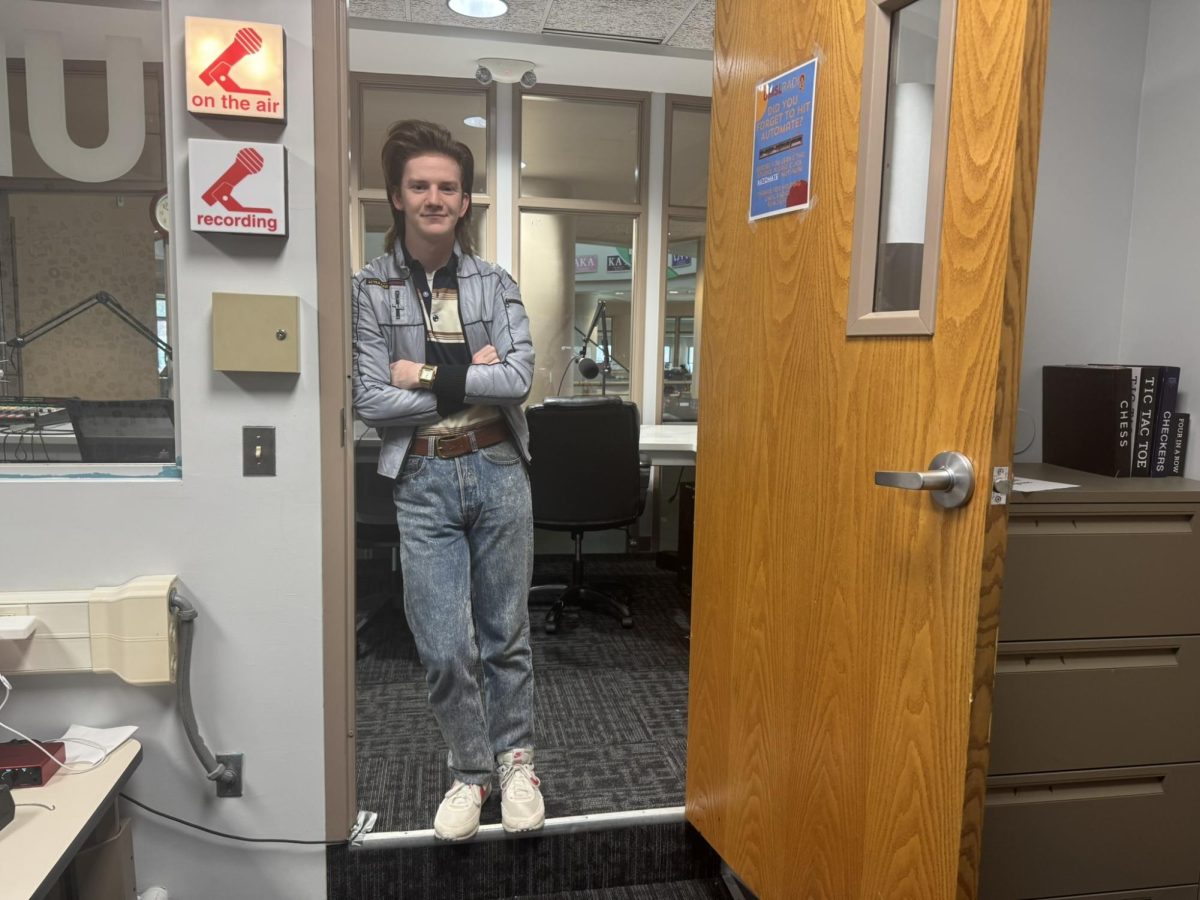

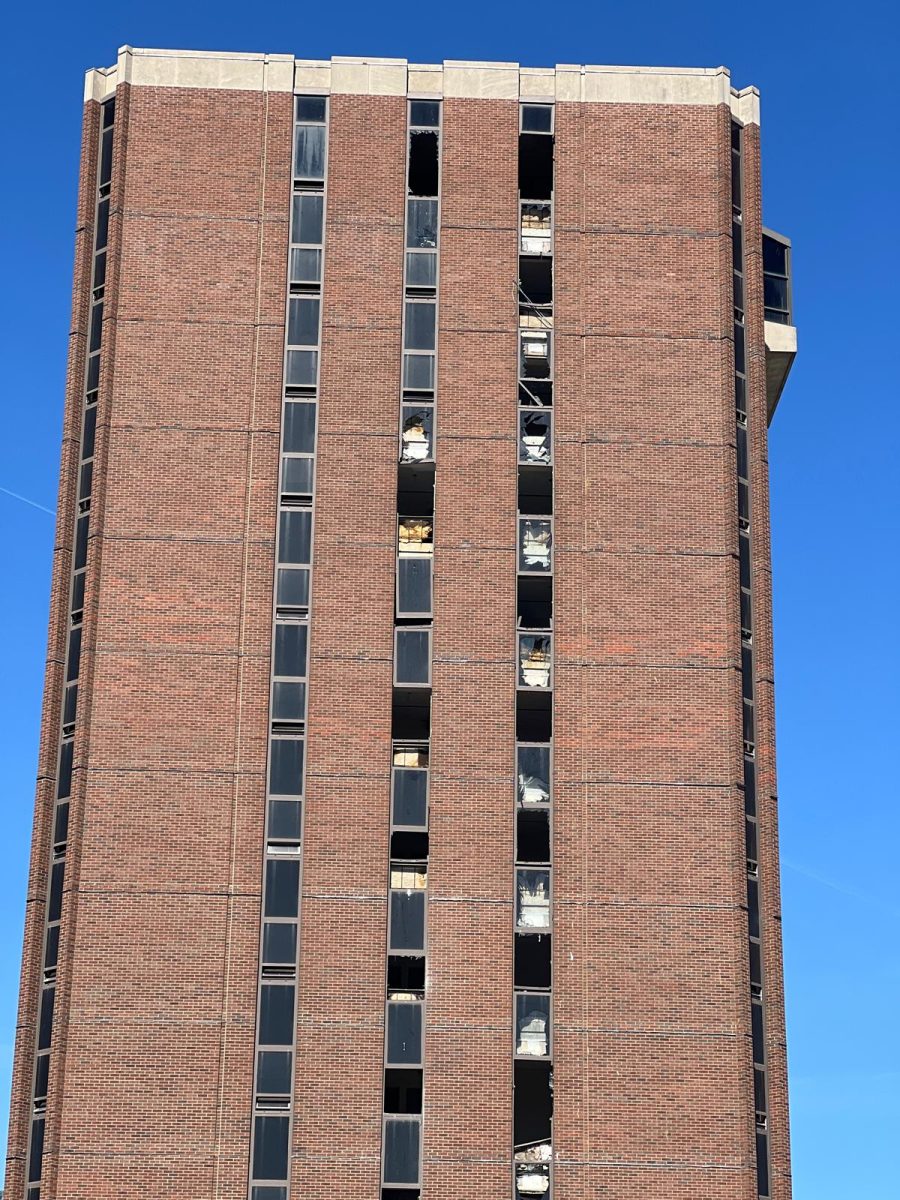
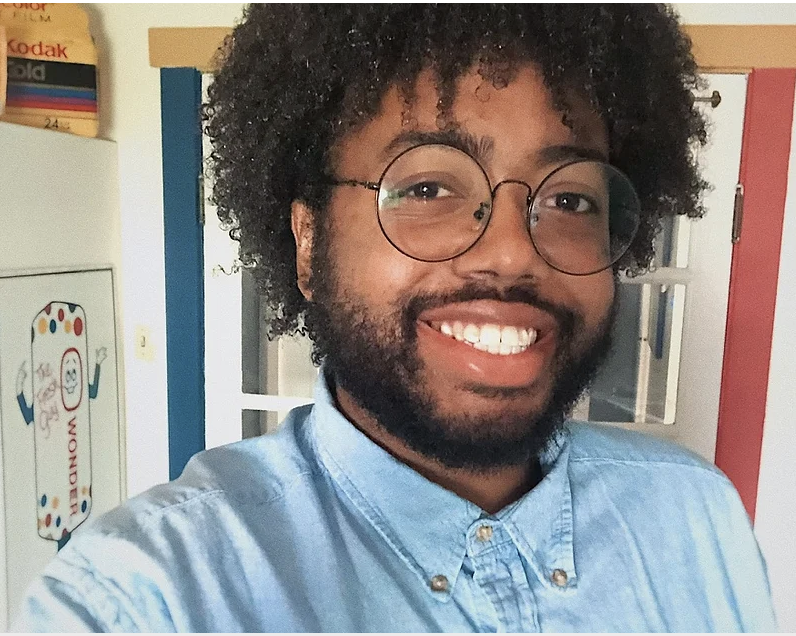
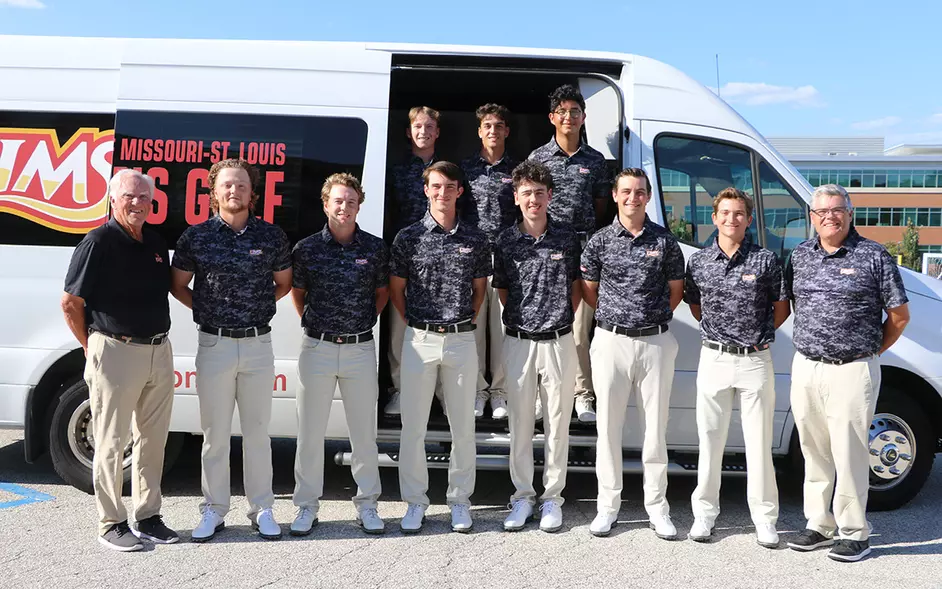
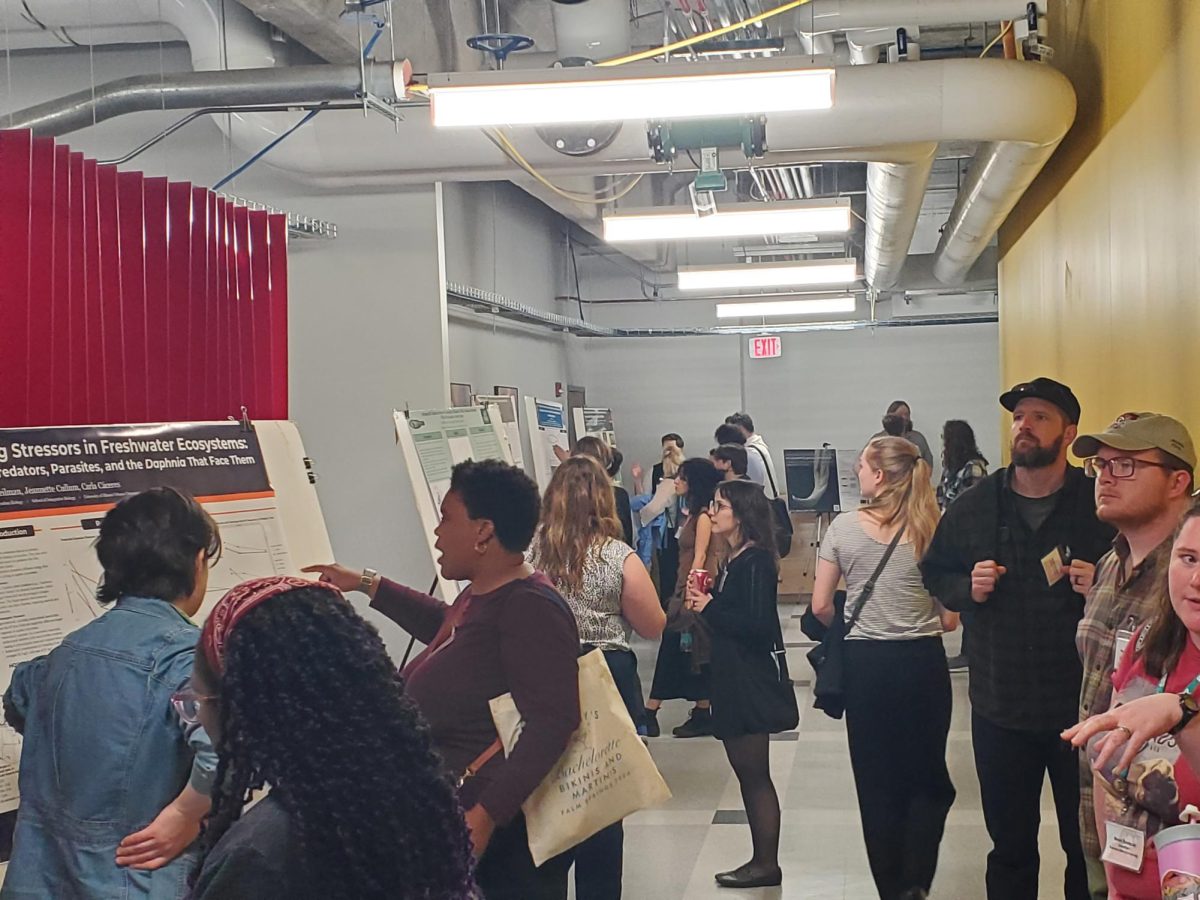
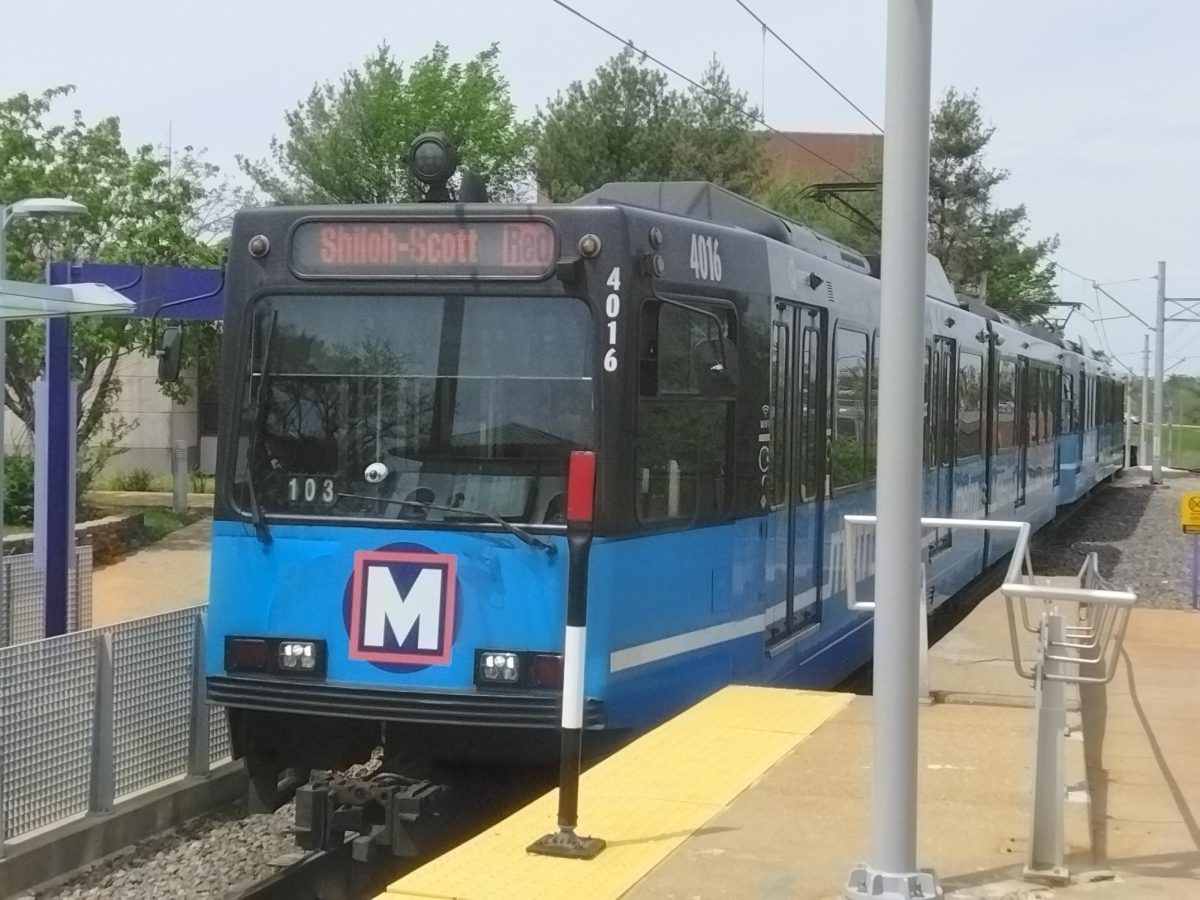
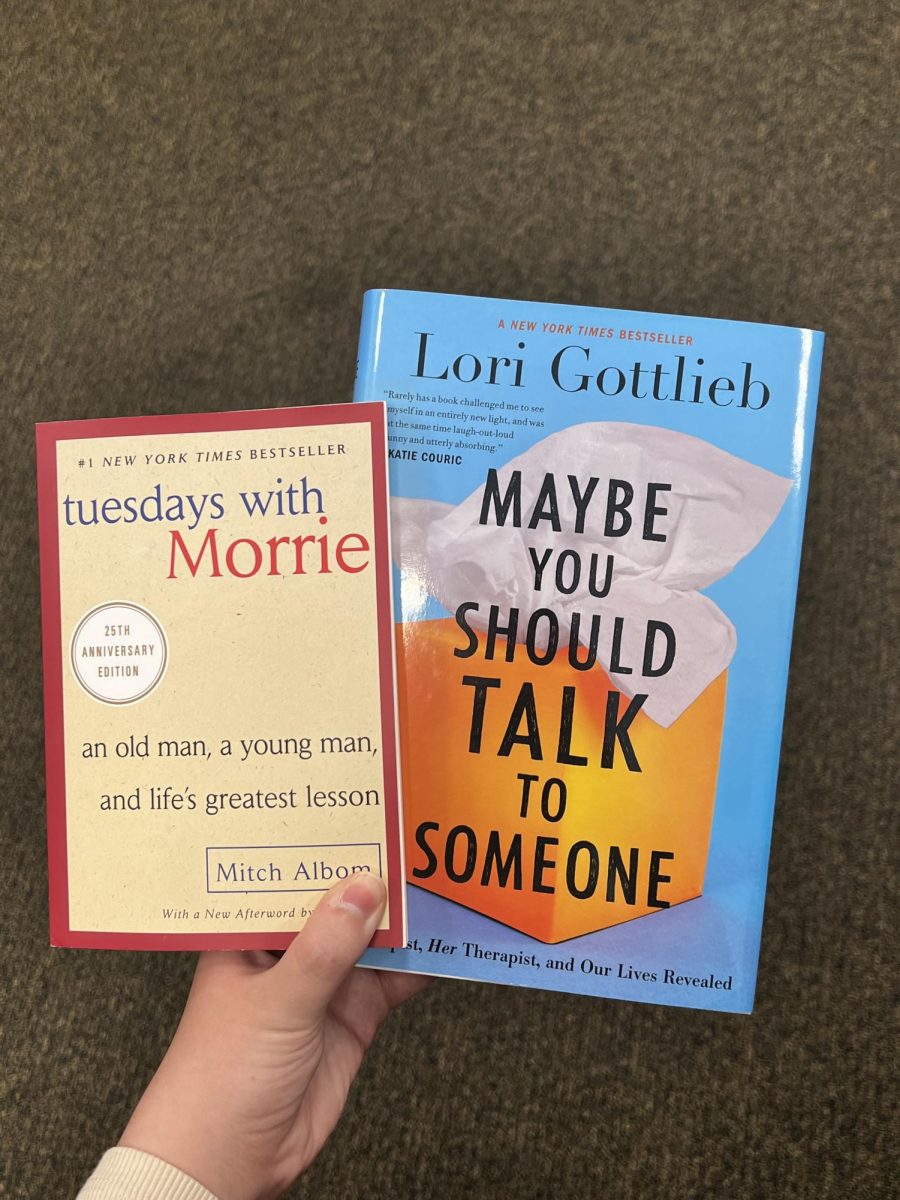


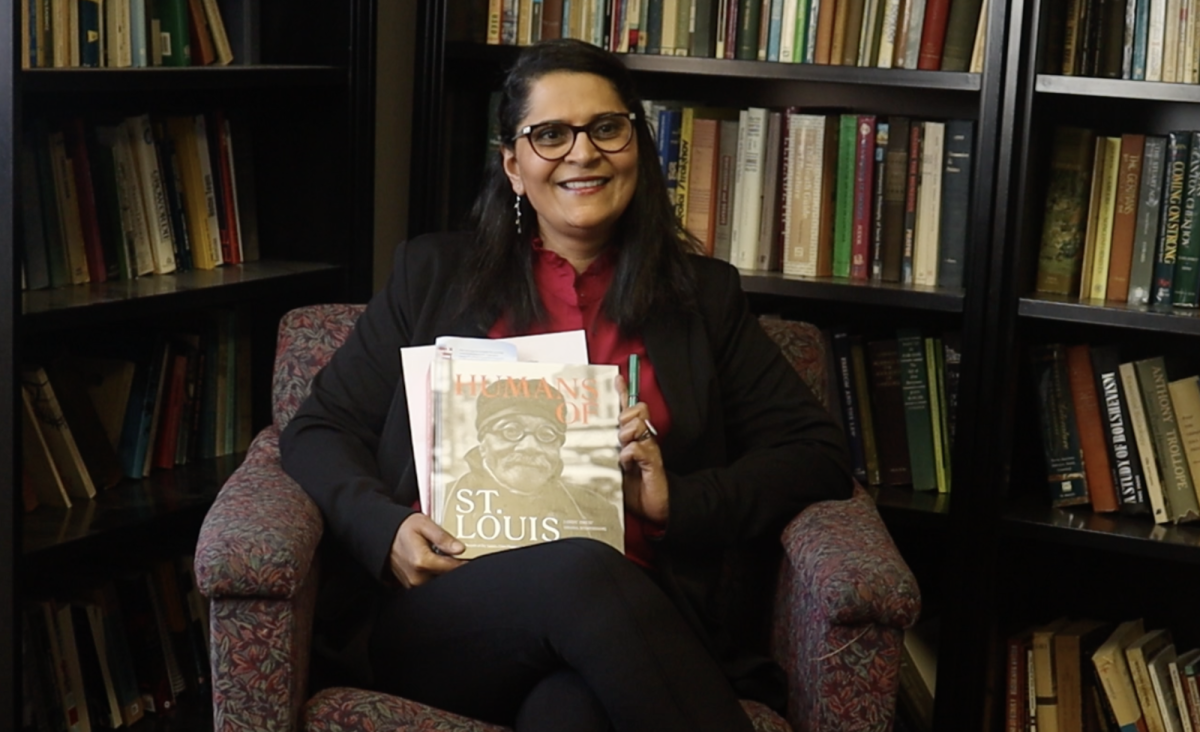

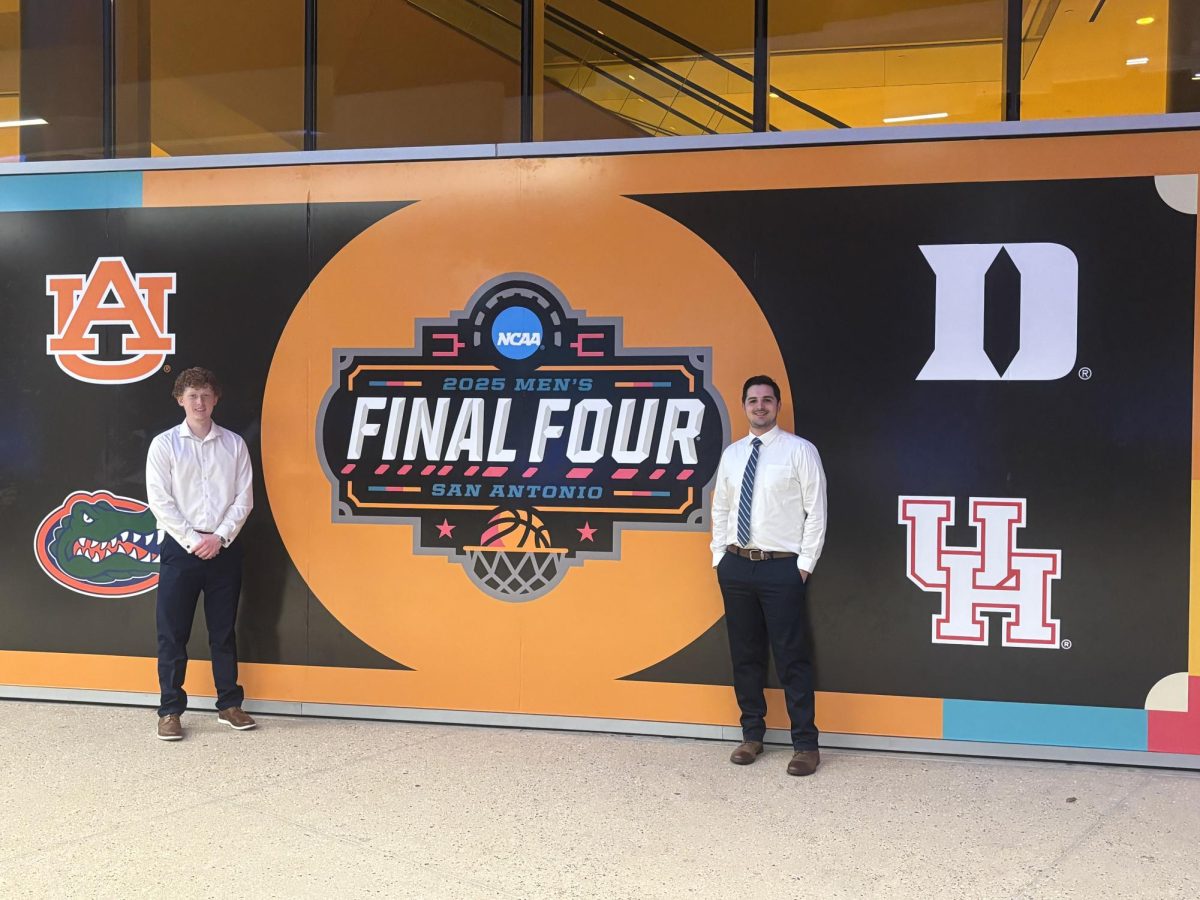
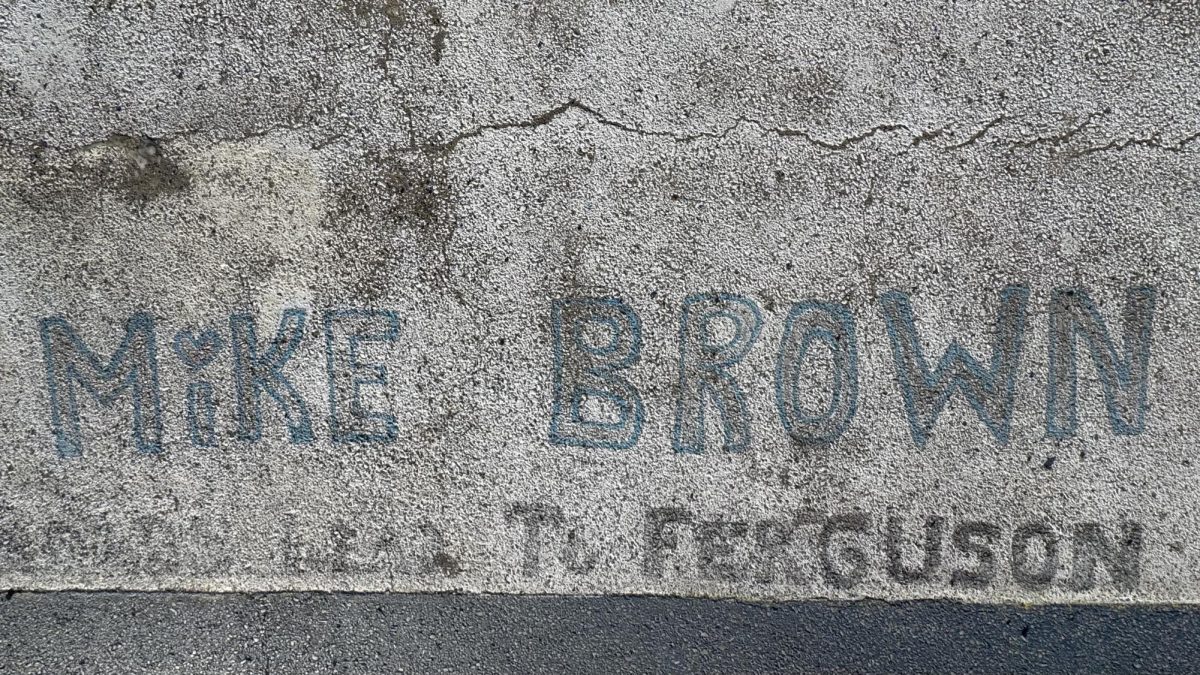
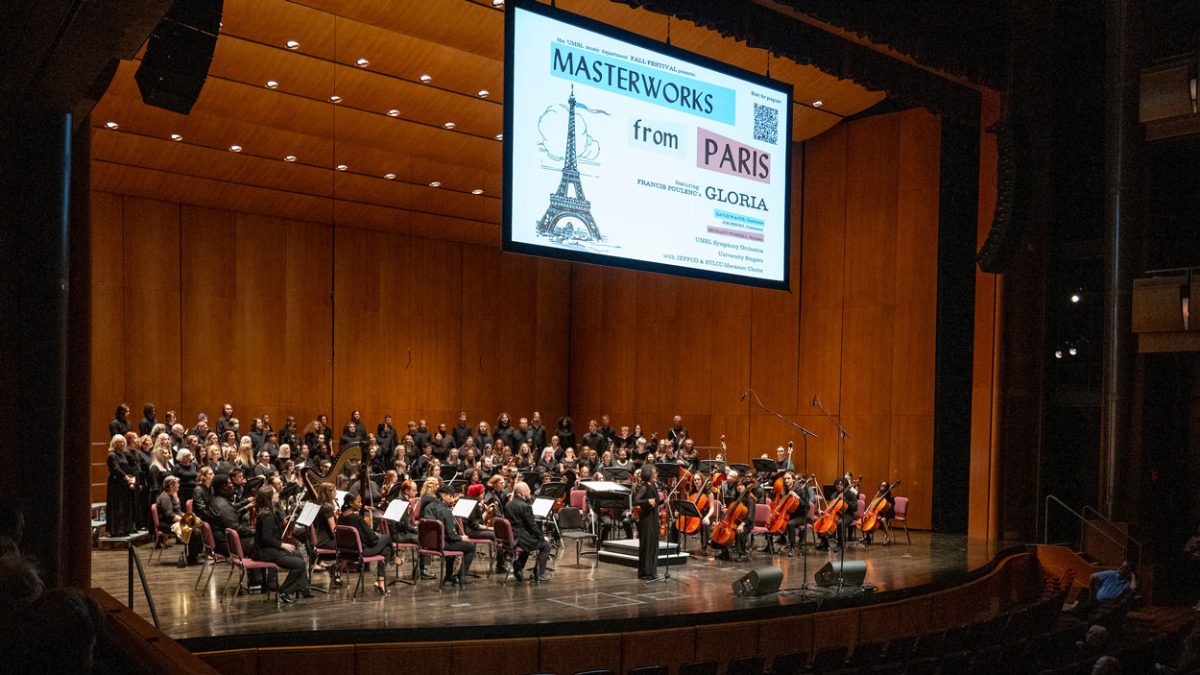


Heather Bush • May 1, 2025 at 10:21 pm
You have to learn yourself. These bus drivers barely know they own route. They pass you up,pass your stop when you ring the bell,half of them barely speak when boarding. St Louis have the worst public transportation. Get you a taser.